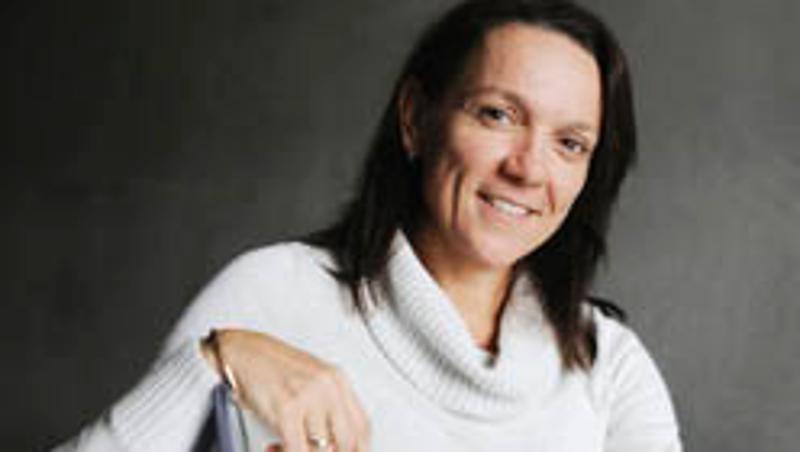
Financial compensation is not the motivation for most workplace sexual harassment complaints in Australia, according to a QUT researcher.
Associate Professor Paula McDonald from the QUT Business School has co-authored a new report which shows half of all financial settlements in Australian equal opportunity commissions fall below $7000.
She said the complaint process could be very difficult for victims and, based on the figures revealed by the study, money was unlikely to motivate a target of sexual harassment to escalate a complaint outside their organisation.
"Many victims want their complaint formally heard and want to see improvements in workplace culture that will reduce the chance of sexual harassment affecting others," Assoc Prof McDonald said.
"In 35 per cent of the settled cases, the terms included an apology or statement of regret or acknowledgment of the sexual harassment. In 36 per cent of settled complaints, the terms included agreement to more systemic changes such as sexual harassment training and/or a change in policy or practice."
Only 6 per cent of settled cases involved compensation payouts of more than $50,000.
The QUT-led study investigated the most recent data available on formal complaints of workplace sexual harassment lodged with Australian human rights and equal opportunity commissions.
"This is the first time that sexual harassment complaints in the area of employment lodged with all the Australian Human Rights Commissions have been examined in depth," Assoc Prof McDonald said.
"Our report provides a better understanding of the types of sexual harassment reported, the people and organisations involved and the outcomes of these formal complaints.
"Compared to what we know about the type of sexual harassment experienced in Australian workplaces overall, formal sexual harassment complaints are more likely to fit the 'classic' profile of sexual harassment - a male harassing a female, the alleged harasser holding a more senior position, and the complaint relating to physical sexual harassment.
"They are also more likely to involve people who are in stable employment situations, rather than part-time or casual workers."
The report's key findings include:
- Women are much more likely to lodge formal complaints than men.
- The alleged harassers are more likely to be in a senior position to the target
- Sexual harassment occurs across a wide range of industries and occupations
- Distress and offence, poorer health and well-being, job loss, and damaged working relationships were the most commonly reported impacts from sexual harassment experienced by the complainants.
- Over half the complainants had left their employment prior to lodging the complaint.
- Just under half of complaints lodged with the Commissions reached any settlement. A third of these had terms agreeing to systemic workplace changes relating to training, education, policies or practices and three-quarters receive financial compensation (with a median total figure of $7000).
- Men are much more likely to be sexually harassed by another man than a woman.
The Formal Complaints of Workplace Sexual Harassment Lodged with Australian Human Rights and Equal Opportunity Commissions, 1 July 2009 - 31 December 2009 report was co-authored by Sara Charlesworth from the University of South Australia, and Anthea Worley, Tina Graham and Alissa Lykhina.
The study has been funded by an Australian Research Council Discovery Grant.
Media contact: Mechelle McMahon, QUT media officer, 07 3138 9449 or ml.mcmahon@qut.edu.au


